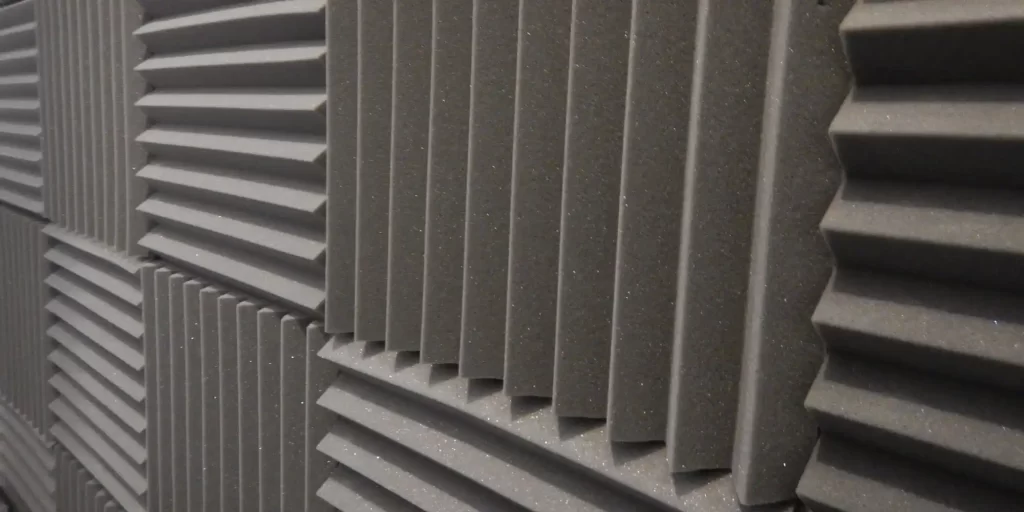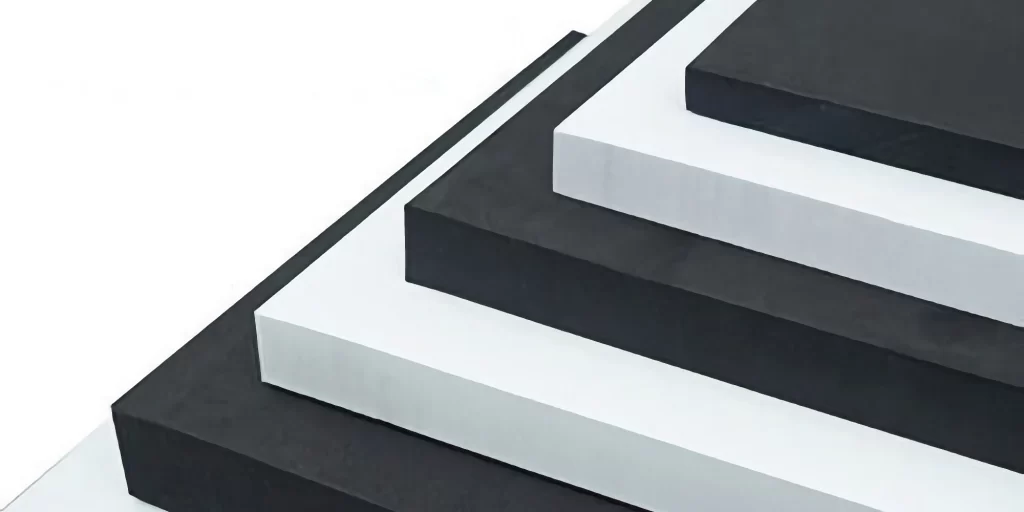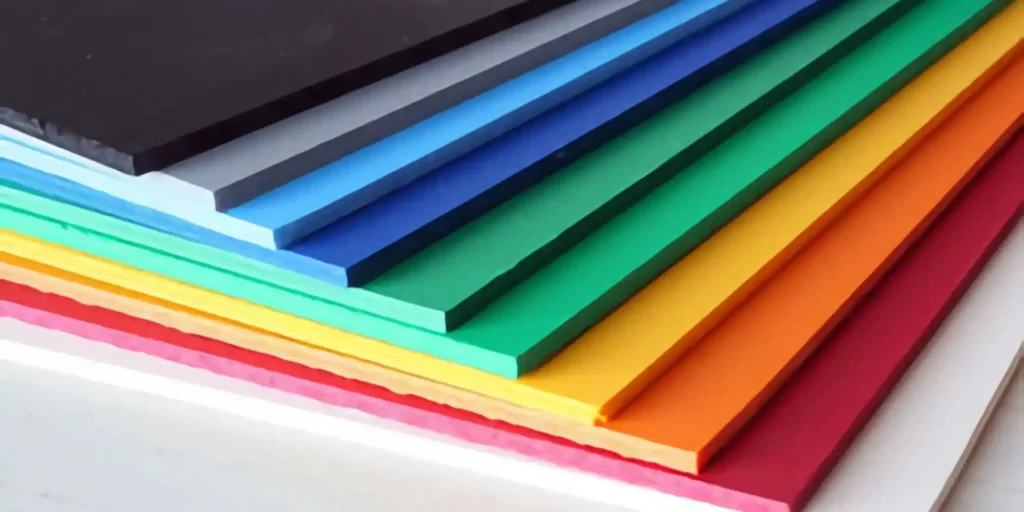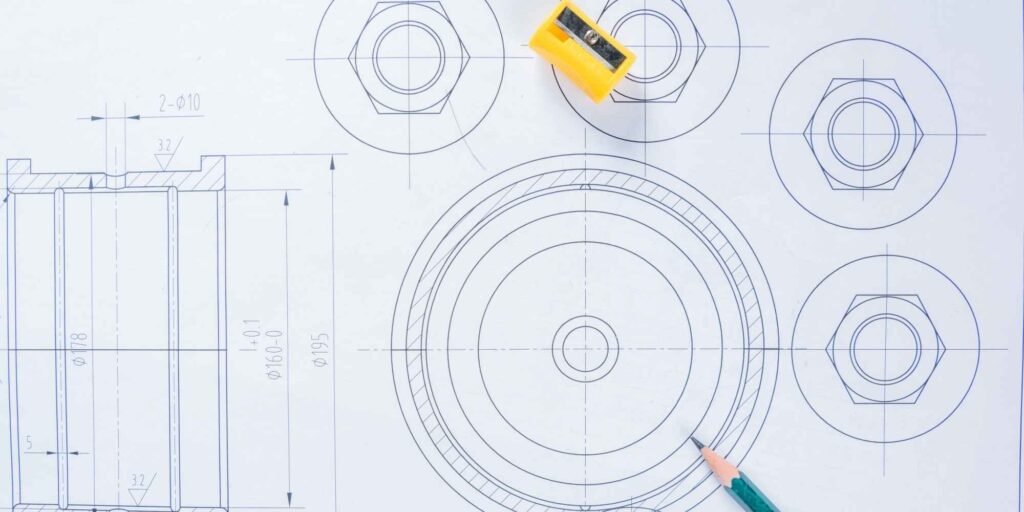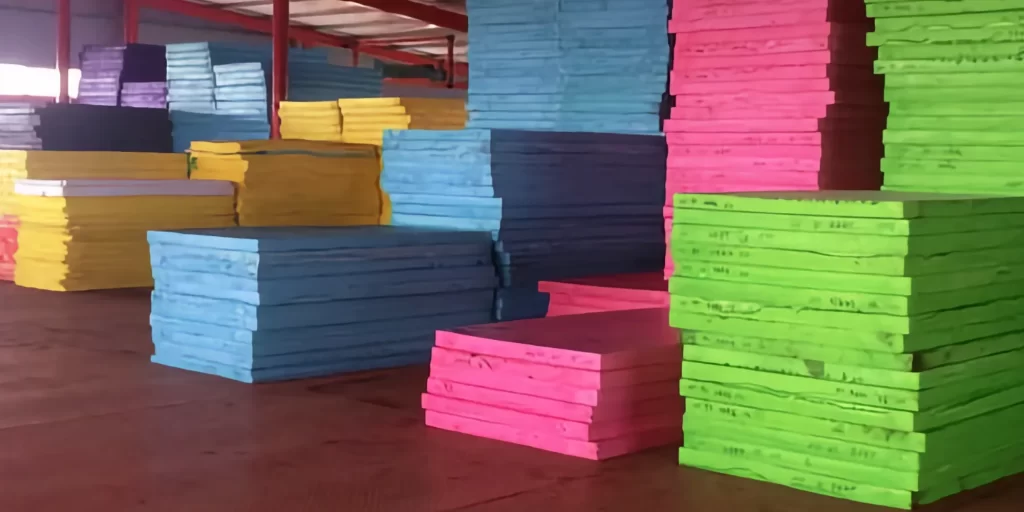Introduction
EVA foam, known for its versatility and affordability, is making waves in the realm of Acoustic Panels Products. This article delves into the science behind EVA foam’s sound-absorbing properties, its applications in acoustic panels, and why it’s becoming an increasingly popular choice for soundproofing solutions.
What is EVA Foam?
EVA foam, or Ethylene-Vinyl Acetate, is a closed-cell, flexible, and lightweight material known for its extensive applications in various industries. From sports equipment to crafts, EVA foam offers a range of solutions due to its attractive design, easy installation, and cost-effectiveness.
The Science Behind EVA Foam’s Acoustic Properties
EVA foam possesses fantastic sound-absorbing properties, thanks to its unique structure. The foam traps sound waves in its tiny pores, reducing noise and preventing the transmission of sound waves through the surface. This makes EVA foam an effective material for dampening sounds and reducing echoes, particularly in recording studios and other spaces where sound control is crucial.
Applications of EVA Foam in Acoustic Panels
Acoustic panels made with EVA foam are extensively used in various settings such as home studios, offices, schools, and libraries. These panels are not only effective in absorbing sound but are also easy to install on walls, floors, or ceilings, making them a convenient choice for soundproofing purposes.
Benefits of Using EVA Foam in Acoustic Panels
EVA foam in Acoustic Panels Products offers several benefits. It is an inexpensive, versatile, and durable material that increases the sound absorption capacity of the panels. The foam is also easy to work with, allowing for the creation of attractive and customized patterns to suit different aesthetic preferences.
Comparing EVA Foam with Other Soundproofing Materials
While EVA foam is a commendable soundproofing material, it’s essential to compare it with other materials like fiberglass insulation, mass-loaded vinyl (MLV), acoustic foam, and soundproof drywall. EVA foam stands out for its affordability and ease of installation but may not provide complete sound isolation like some of its more expensive counterparts.
Case Studies and Real-World Applications
Over the years, EVA foam has proven its effectiveness in various soundproofing projects. It has been successfully used in settings such as schools, libraries, and home studios to reduce background noise and enhance sound quality. However, it may not be suitable for industrial applications with high noise levels or professional music recording where complete sound isolation is required.
Limitations of EVA Foam in Acoustic Panels
EVA foam, while offering extensive benefits, also has some limitations. It is not inherently fire-resistant, and fire-retardant versions are typically more expensive. Additionally, it may not be as effective in blocking high-frequency noise as some other soundproofing materials.
FAQ Section
- What foam is used in acoustic panels? EVA foam is commonly used in acoustic panels due to its sound-absorbing properties.
- Can EVA foam be used for soundproofing? Yes, EVA foam is used for soundproofing and is particularly effective in reducing echoes and background noise.
- Is EVA a good sound absorber? EVA foam is known for being a good sound absorber, making it a popular choice for acoustic panels.
- What kind of foam is best for soundproofing? While EVA foam is a cost-effective option, other foams like acoustic foam and mass-loaded vinyl may offer superior soundproofing depending on the application.
Conclusion
EVA foam in Acoustic Panels Products is a versatile and affordable solution for sound absorption and noise control. While it has some limitations, its ease of installation, attractive design, and effectiveness in reducing noise make it a popular choice in various applications. Whether you are looking to soundproof a home studio or an office, EVA foam offers a convenient and cost-effective solution.
